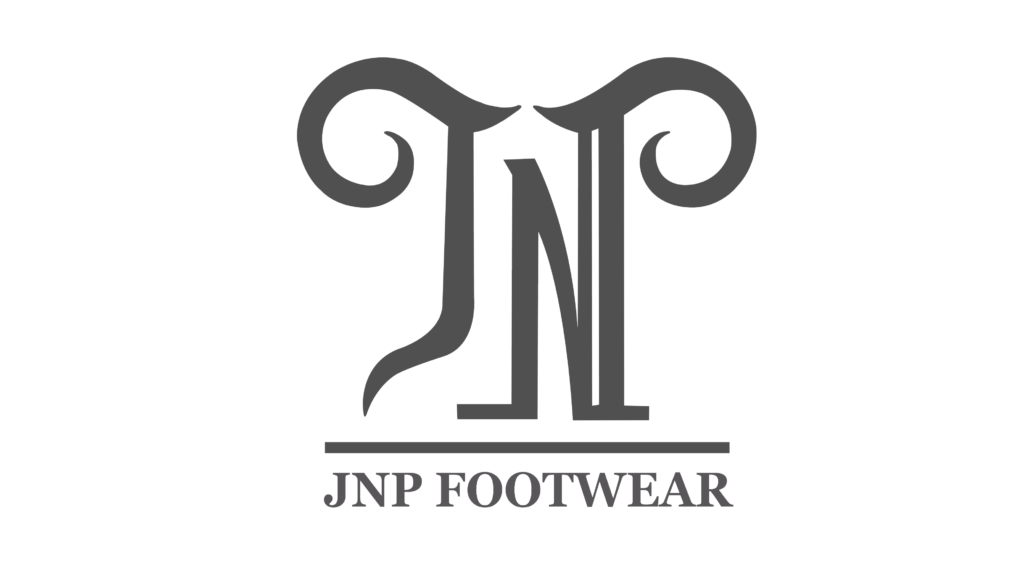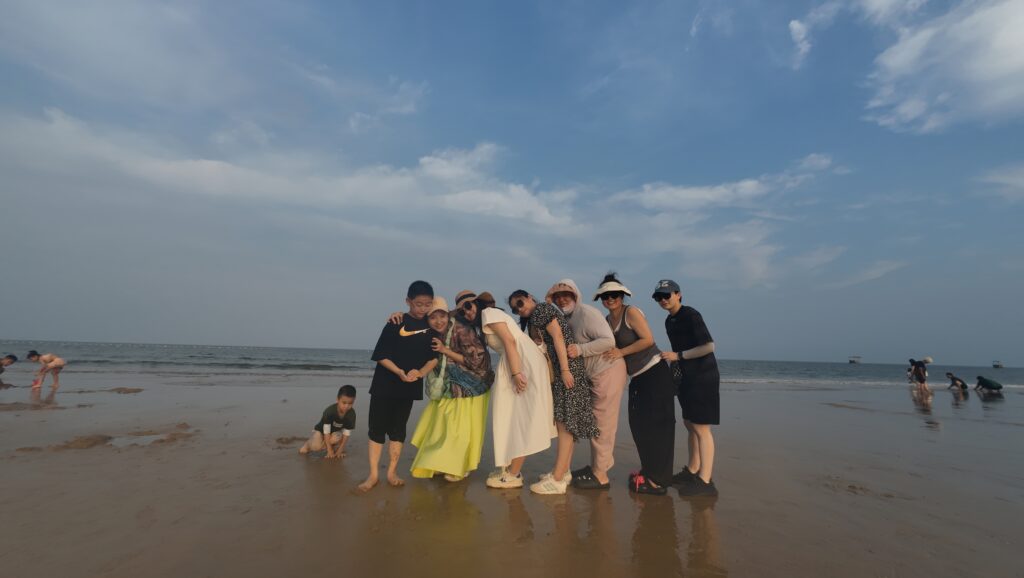Comfort sells fast. When a product combines style, durability, and affordability, it becomes a winning formula. Suede clog slippers1 check all three boxes and deliver strong profit potential.
Wholesale suede clog slippers maximize profits by offering timeless appeal, custom branding2 options, and flexible order quantities3 that attract both large retailers and small trendy brands.
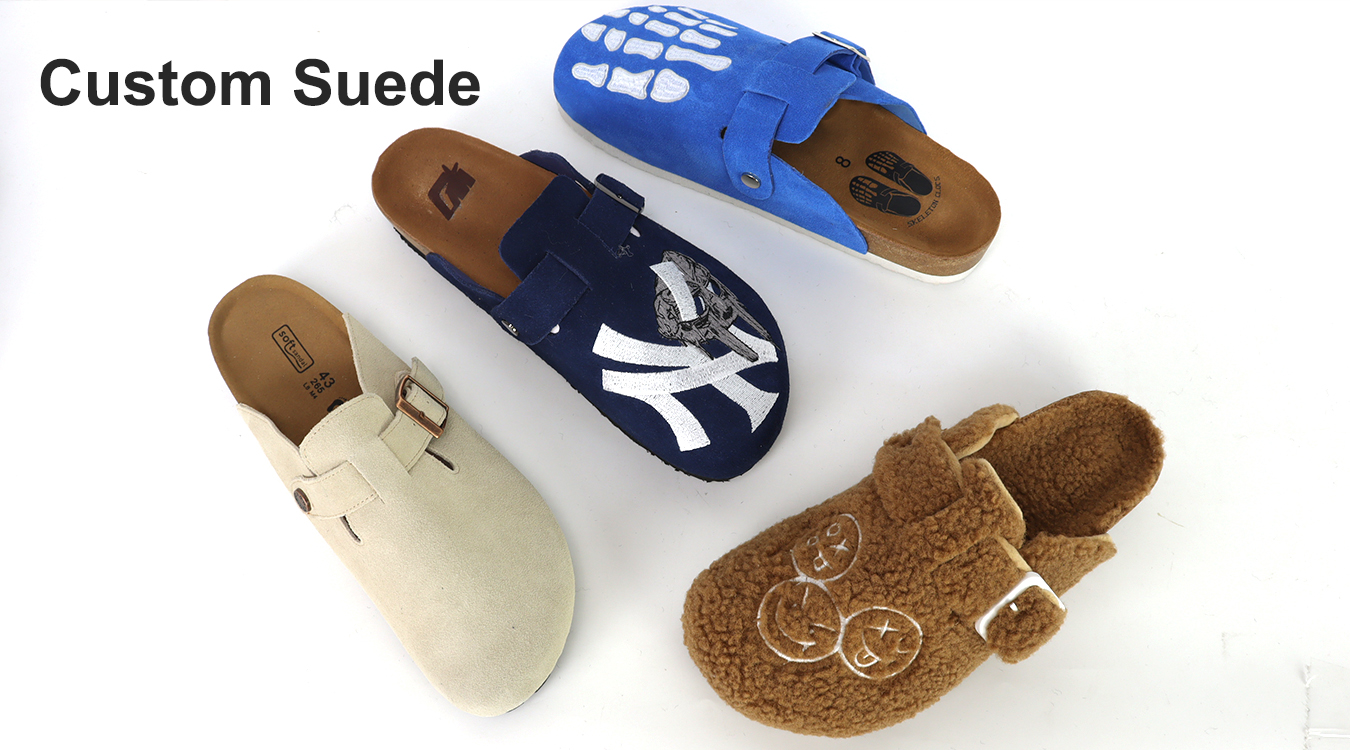
Wholesale means higher profit margins4 and faster turnover. Suede clogs offer year-round relevance5, unlike seasonal-only products. This is why I see them as a reliable item in every market.
Why are suede clog slippers profitable in wholesale?
Comfort footwear6 demand never fades. Customers want shoes they can wear at home, outside, or casually with style. Suede clog slippers fit into multiple customer lifestyles.
Suede clog slippers are profitable in wholesale because they balance fashion and function, appeal to wide demographics, and allow retailers to add strong margins through customization.
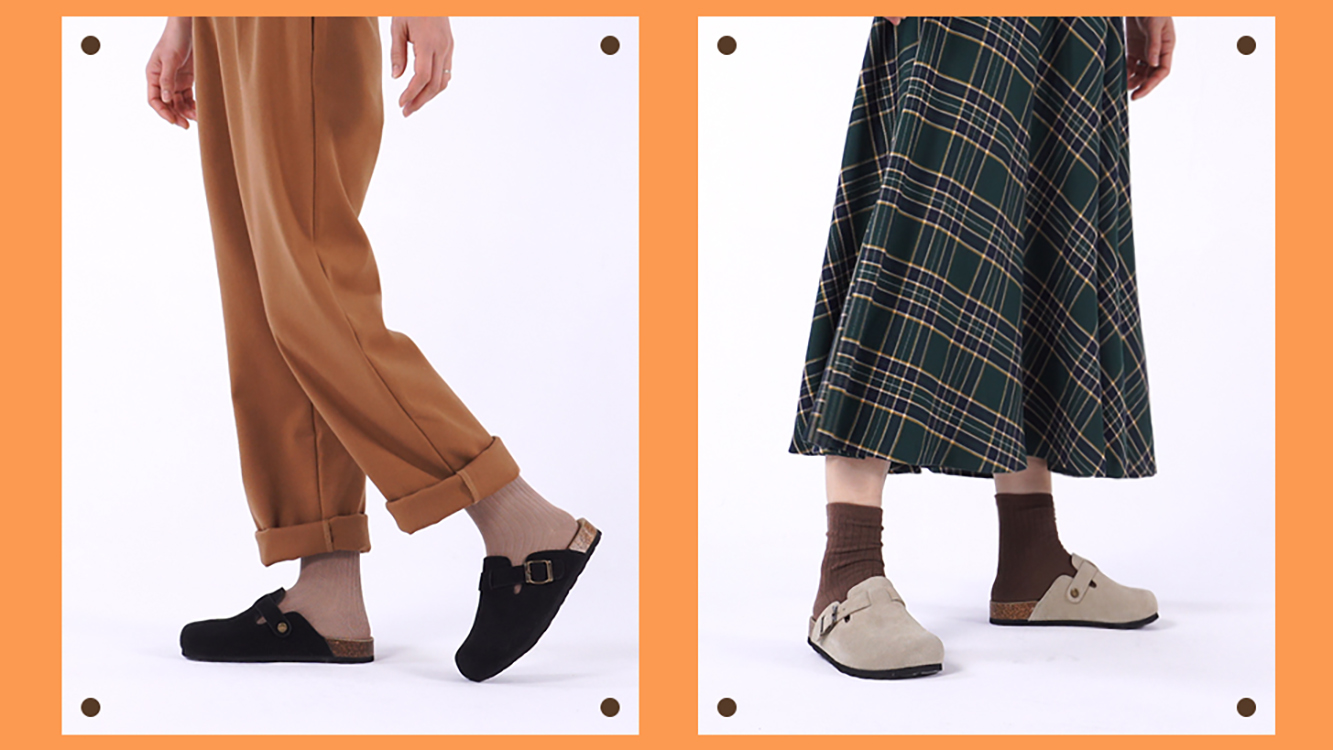
Suede clogs work well because they target comfort lovers and fashion buyers at once. I often see clients from designer brands7 and wool distributors8 re-order them since they sell steadily. Compared to trend-only footwear, these slippers have a longer sales cycle.
Key factors that drive profitability
| Factor | Why It Matters | Example from Clients |
|---|---|---|
| Timeless Style | Always relevant | Designer brands reorder every season |
| Comfort | Everyday use | Wool distributors add them as staple lines |
| Custom Branding | Adds margin | Trendy brands print logos to boost identity |
| Low MOQ | Fits small brands | Rural brand orders small batches |
This combination makes suede clog slippers attractive across client types, from high-fashion buyers to traditional distributors.
How do custom options increase resale value?
Every market loves unique products. Adding custom touches like logos, colors, and eco-friendly materials9 gives wholesalers the edge against mass-produced footwear.
Custom options increase resale value by letting buyers differentiate their brand, set premium prices, and build customer loyalty around exclusivity.
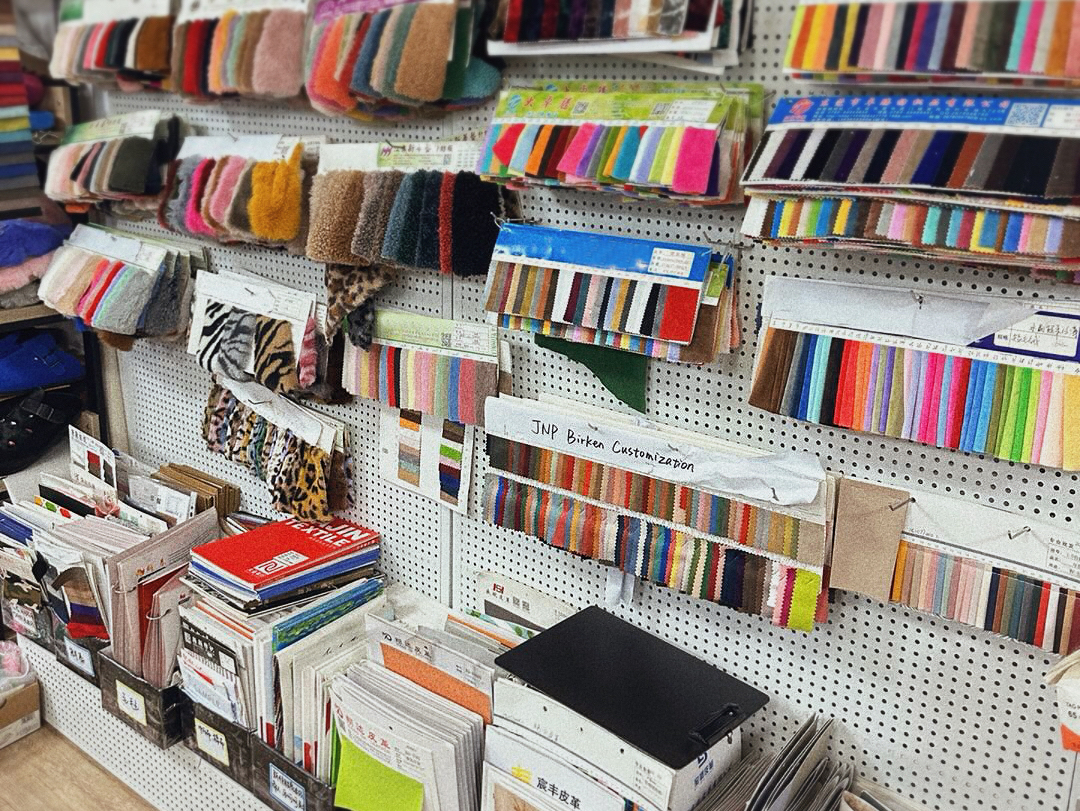
Customization is more than printing a logo. It includes material choices, colors, trims, and even eco-certifications10. I work with buyers who need dozens of styles per season, each slightly different. This creates more SKUs, but it also allows them to sell at premium prices.
Customization methods that raise profits
- Logos: Adds identity and customer recognition.
- Colors: Seasonal shades boost urgency.
- Materials: Wool lining, faux fur, or eco-certified suede attracts niche buyers.
- Packaging: Premium packaging supports higher shelf prices.
When brands like Amelie or Rural order, customization is what keeps their customers loyal. It allows them to sell slippers not as commodities but as branded fashion.
Which markets buy suede clog slippers best?
Markets with colder weather11 and fashion-conscious buyers drive demand. These include the USA, Europe, Australia, and Japan. But demand is also steady in lifestyle-driven cities worldwide.
The best markets for suede clog slippers are those with cool climates, fashion retail chains, and consumers who value both comfort and style.
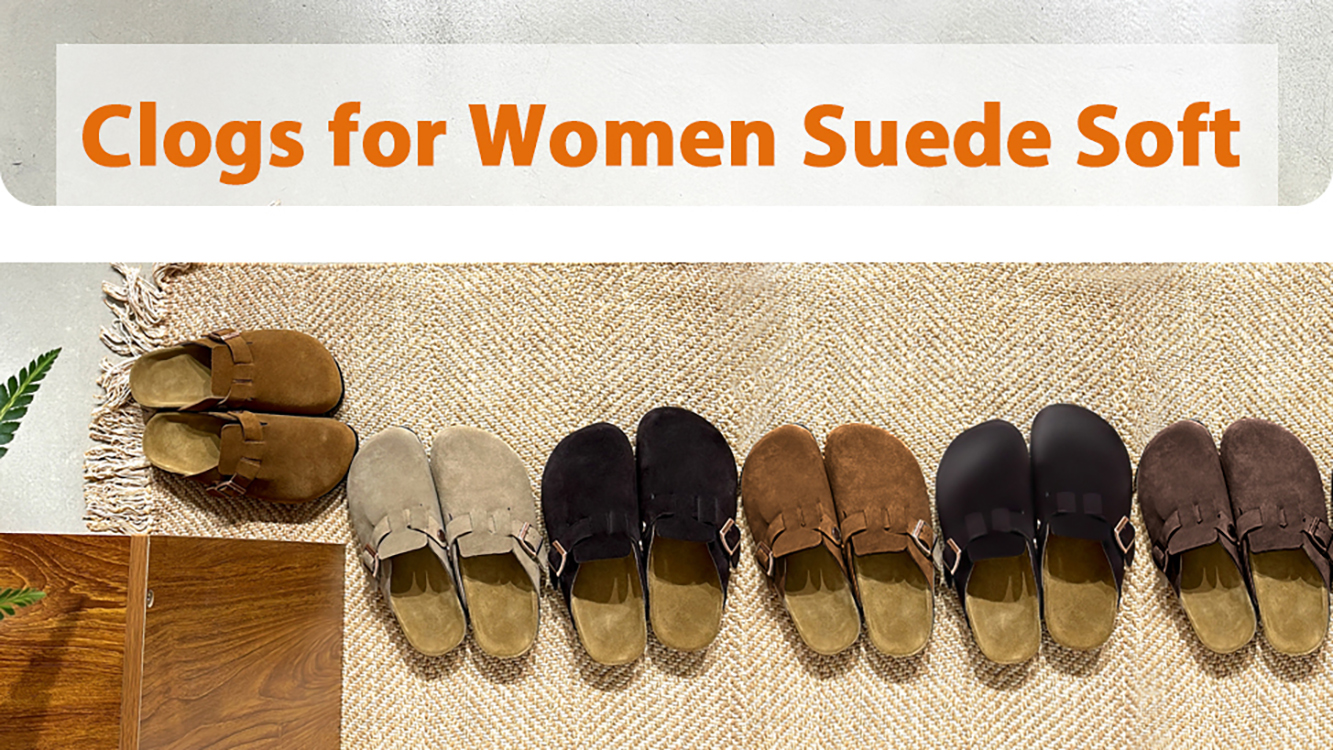
I often see repeat demand from the USA12 and Europe13, especially during fall and winter. Distributors in New Zealand14 add them as part of traditional wool product lines. In Japan15, style-focused buyers add suede clogs to seasonal trend offerings.
Breakdown of high-demand regions
| Region | Why Demand is Strong | Example Clients |
|---|---|---|
| USA | Wide fashion retail, strong online sales | Amelie (designer brand) |
| Europe | Cold winters, diverse fashion tastes | Apparel brand buyers |
| Australia/NZ | Wool product pairing, lifestyle comfort | Andy (wool distributor) |
| Japan/Korea | Trend-driven, seasonal demand | Urban trendy brands |
Each market uses suede clog slippers differently, but in all cases, they give wholesalers repeat orders.
Conclusion
Wholesale suede clog slippers combine timeless comfort, strong customization, and wide market appeal, making them one of the most reliable ways to maximize profits in footwear.
Footnotes
-
Suede clog slippers combine suede uppers with clog-style soles, offering comfort and durability. ↩
-
Custom branding allows wholesalers and retailers to add logos or unique elements that enhance brand identity. ↩
-
Flexible order quantities (low MOQ) let small brands enter the market without high upfront costs. ↩
-
Wholesale trade increases profit margins by reducing per-unit cost. ↩
-
Year-round footwear relevance ensures consistent sales compared to seasonal-only shoes. ↩
-
Comfort footwear is a fast-growing global segment driven by lifestyle changes and casual fashion trends. ↩
-
Designer brands often integrate suede clogs into collections due to their mix of luxury and casual appeal. ↩
-
Wool distributors add clog slippers as complementary products to their traditional lines. ↩
-
Eco-friendly materials increase appeal to sustainability-conscious consumers. ↩
-
Eco-certifications help brands prove compliance with global sustainability standards. ↩
-
Colder weather markets drive higher demand for warm, comfortable footwear. ↩
-
The USA is one of the largest markets for wholesale footwear, with strong e-commerce sales. ↩
-
Europe has diverse fashion markets and seasonal demand for warm shoes. ↩
-
New Zealand distributors align suede clogs with traditional wool-based product lines. ↩
-
Japan is a trend-sensitive market where consumers adopt seasonal styles quickly. ↩
